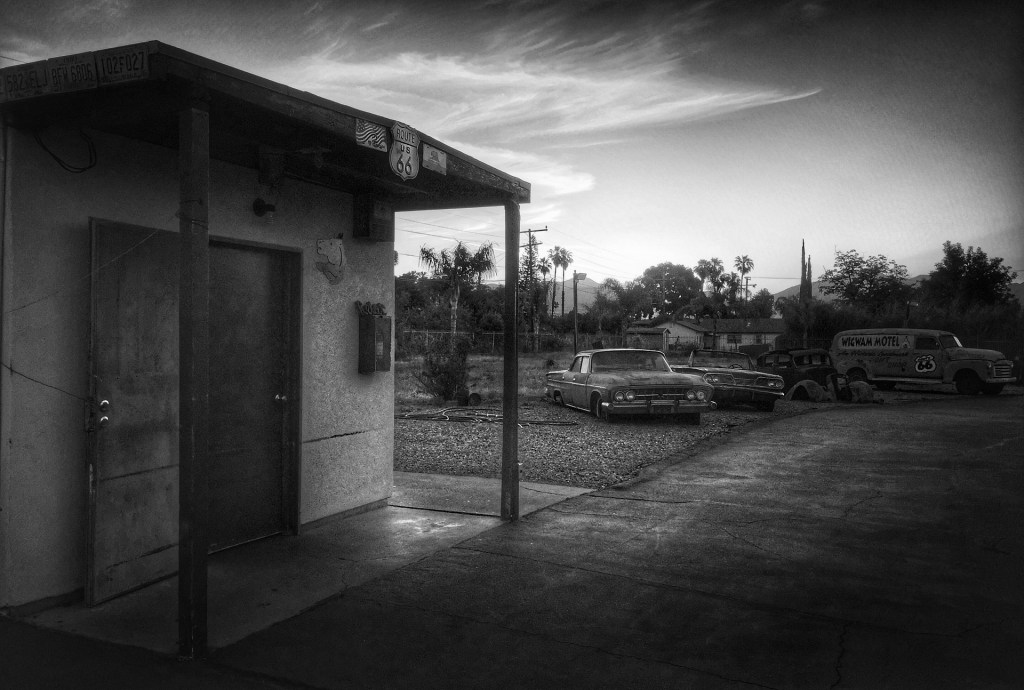Front page history: Great Depression workers in Ky. paid in merchandise scrips
Published 6:58 pm Tuesday, January 15, 2019

- Public domain
During the Great Depression on this day in 1933, the front page of The Advocate-Messenger contained several stories about Kentucky paying workers on projects financed by the Reconstruction Finance Corporation work relief in scrip for local merchandise and not in cash.
Kentucky Governor Ruby Laffoon had made it clear that he supported state relief director Harper Gatton’s decision to pay workers in scrip — a word for an alternative to legal tender that can be used as a form of credit.
The governor’s statement was made after Harry Bullock, of Lexington, resigned as associate relief director for Kentucky due to differences with Gatton, who was under fire for paying needy people in scrips.
Trending
Bullock believed that relief methods should be adopted to the needs of the various communities.
Federal Reconstruction Finance Corporation officials were said to be helpless in changing how Kentucky paid out its relief funds and that the governor was in complete control of the system.
However, Danville residents who signed up for work relief assistance seemed to be satisfied with being paid in scrips.
A headline read, “Boyle County jobless are glad to earn merchandise receipts.” On the first day of work relief, there were 52 men and one woman who were given employment by the county Relief Committee.
They each earned $1.50 for the day for a total of $79.50, “which will be spent with Boyle County merchants,” the article said.
“Those who started to work today in the rock quarries and on city streets and those still lined up at relief headquarters waiting to register were glad to get the work an to be paid in receipts which are exchanged for food and clothing by merchants. No protests of the scrip payments were heard here.”
Trending
For the next three days, the maximum number of workers, which was 75, were going to be put to work. “This means that $304.50 will be earned this week by otherwise jobless men and this money will all be spent in Boyle County business channels for food and clothing,” the article read.
It was pointed out that by paying the workers in scrips to be used at local merchants, “the relief would be bound to go right into the homes where women and children would share the relief.”
On the first day of work relief, 20 people were sent to Russell Street for grading it for the city; 15 were sent to Junction City to repair streets; 16 were put to work in the rock quarries preparing rock for the crushers and for county roads; one man was sent to the Community House to work; and the woman was employed to make shirts for needy persons.
About 100 people had already registered for the program and applications were being accepted indefinitely.
There was going to be enough work for 75 people for three days each week. Those who worked one week were asked to not return the next week so that others could also be employed for three days.
But not all government representatives agreed that paying in scrip was the best way for Kentuckians to receive aid.
Rep. Connery, a Democrat from Massachusetts and chairman of the House Labor Committee, said, “If Kentucky is requiring these men to do work, it should pay them with money. They show no respect for the manhood of the recipients of relief, and are making them worse than paupers. It is that kind of thing that keeps this depression what it is. Those responsible are treating the relief recipients as chattels, not human beings.”
Workers in Louisville were also not supportive of the payment policy. Just the week before, many of them stormed the relief offices in that city.






